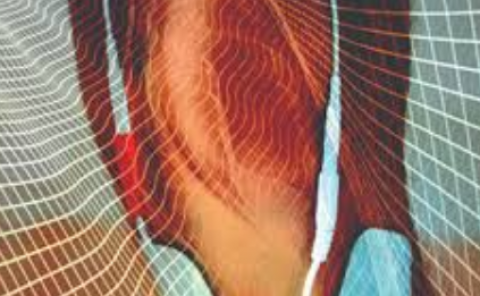Improved Static Hand Gesture Classification on Deep Convolutional Neural Networks using Novel Sterile Training Technique
PubDate: May 2023
Teams: The University of Texas at Dallas
Writers: Josiah Smith, Shiva Thiagarajan, Richard Willis, Yiorgos Makris, Murat Torlak

Abstract
In this paper, we investigate novel data collection and training techniques towards improving classification accuracy of non-moving (static) hand gestures using a convolutional neural network (CNN) and frequency-modulated-continuous-wave (FMCW) millimeter-wave (mmWave) radars. Recently, non-contact hand pose and static gesture recognition have received considerable attention in many applications ranging from human-computer interaction (HCI), augmented/virtual reality (AR/VR), and even therapeutic range of motion for medical applications. While most current solutions rely on optical or depth cameras, these methods require ideal lighting and temperature conditions. mmWave radar devices have recently emerged as a promising alternative offering low-cost system-on-chip sensors whose output signals contain precise spatial information even in non-ideal imaging conditions. Additionally, deep convolutional neural networks have been employed extensively in image recognition by learning both feature extraction and classification simultaneously. However, little work has been done towards static gesture recognition using mmWave radars and CNNs due to the difficulty involved in extracting meaningful features from the radar return signal, and the results are inferior compared with dynamic gesture classification. This article presents an efficient data collection approach and a novel technique for deep CNN training by introducing ``sterile” images which aid in distinguishing distinct features among the static gestures and subsequently improve the classification accuracy. Applying the proposed data collection and training methods yields an increase in classification rate of static hand gestures from


